-
 Bitcoin
Bitcoin $83,418.1551
-0.31% -
 Ethereum
Ethereum $1,808.8979
-0.41% -
 Tether USDt
Tether USDt $0.9999
0.02% -
 XRP
XRP $2.1463
1.00% -
 BNB
BNB $593.3907
-0.49% -
 Solana
Solana $120.0979
-1.63% -
 USDC
USDC $1.0001
0.00% -
 Dogecoin
Dogecoin $0.1689
-0.83% -
 Cardano
Cardano $0.6536
-1.17% -
 TRON
TRON $0.2370
-0.75% -
 Chainlink
Chainlink $12.8454
-0.75% -
 UNUS SED LEO
UNUS SED LEO $9.1245
-0.51% -
 Toncoin
Toncoin $3.2503
-4.22% -
 Stellar
Stellar $0.2527
-2.58% -
 Avalanche
Avalanche $17.8357
-1.69% -
 Shiba Inu
Shiba Inu $0.0...01231
-0.09% -
 Sui
Sui $2.2068
-1.49% -
 Hedera
Hedera $0.1623
-0.93% -
 Litecoin
Litecoin $82.5360
-2.34% -
 Polkadot
Polkadot $3.9567
-1.88% -
 Bitcoin Cash
Bitcoin Cash $306.9330
1.70% -
 MANTRA
MANTRA $6.2879
0.30% -
 Dai
Dai $1.0001
0.01% -
 Bitget Token
Bitget Token $4.4588
-1.48% -
 Ethena USDe
Ethena USDe $0.9992
0.01% -
 Pi
Pi $0.6376
24.33% -
 Hyperliquid
Hyperliquid $11.9460
0.08% -
 Monero
Monero $213.4997
-0.58% -
 Uniswap
Uniswap $5.8533
-0.79% -
 OKB
OKB $52.7441
6.99%
How is the expansion problem of blockchain solved?
Blockchain scalability is addressed via Layer-1 solutions (modifying the core protocol) and Layer-2 solutions (off-chain processing), with the optimal approach depending on network needs and priorities.
Mar 18, 2025 at 10:48 pm
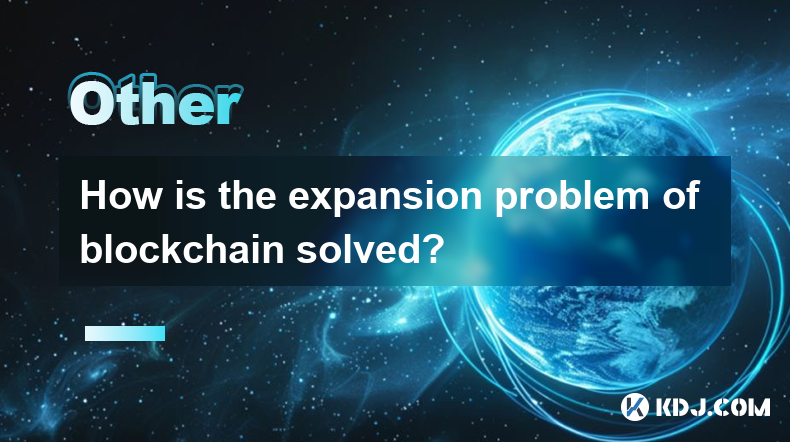
Key Points:
- Blockchain scalability challenges stem from limitations in transaction throughput and network capacity.
- Various solutions aim to improve scalability without sacrificing decentralization or security.
- Layer-1 scaling solutions modify the core blockchain protocol itself.
- Layer-2 scaling solutions build on top of the existing blockchain to handle transactions off-chain.
- The optimal solution often depends on the specific needs and priorities of a blockchain network.
How is the Expansion Problem of Blockchain Solved?
The scalability problem in blockchain technology is a significant hurdle to widespread adoption. High transaction fees and slow processing times, particularly during periods of high network activity, hinder its potential. This stems from the inherent limitations of processing every transaction on the main blockchain. Solutions are actively being developed and implemented to overcome these challenges.
One major approach focuses on improving the underlying blockchain protocol itself – Layer-1 scaling solutions. These solutions aim to fundamentally alter how the blockchain operates to increase its transaction throughput and overall capacity. Examples include sharding, which divides the blockchain into smaller, more manageable parts, and improved consensus mechanisms that enable faster transaction validation.
Sharding, for instance, allows different parts of the blockchain to process transactions concurrently. This drastically reduces the load on individual nodes and speeds up the overall transaction processing time. However, implementing sharding requires significant technical expertise and can introduce complexities into the network's architecture. The challenge lies in ensuring data consistency and security across all shards.
Another Layer-1 approach involves optimizing consensus mechanisms. Proof-of-Work (PoW) blockchains, like Bitcoin, are known for their security but relatively slow transaction speeds. Alternative consensus mechanisms, such as Proof-of-Stake (PoS), aim to enhance transaction speed while maintaining a high level of security. PoS validates transactions based on the stake a validator holds, reducing the energy consumption compared to PoW.
Layer-2 scaling solutions represent a different approach. Instead of modifying the core blockchain, these solutions build on top of the existing infrastructure to handle transactions off-chain. This significantly reduces the load on the main blockchain while still benefiting from its security and decentralization. Popular Layer-2 solutions include state channels, sidechains, and rollups.
State channels allow participants to conduct multiple transactions off-chain, settling the final balance only once on the main blockchain. This drastically reduces the number of transactions processed on the main chain, resulting in improved scalability. However, they require participants to remain online throughout the channel's lifespan.
Sidechains offer a separate blockchain running parallel to the main chain. Transactions are processed on the sidechain, and only the final results are recorded on the main chain. This improves scalability but introduces potential security risks if the sidechain is compromised. Security bridges are often employed to ensure the integrity of transactions between the main chain and the sidechain.
Rollups are a relatively new and promising Layer-2 solution. They bundle multiple transactions off-chain into a single transaction, which is then recorded on the main blockchain. This significantly reduces the number of transactions processed on the main chain, improving scalability. Optimistic rollups assume transactions are valid unless proven otherwise, while ZK-rollups use cryptographic proofs to verify transactions without revealing the transaction details. Both approaches offer substantial scalability improvements.
Choosing the right scaling solution is crucial for the success of a blockchain network. The ideal approach often depends on factors like the specific requirements of the application, the level of security needed, and the technical capabilities of the development team. A single solution might not be sufficient, and a hybrid approach combining multiple techniques could be the most effective strategy.
Frequently Asked Questions:
Q: What are the main limitations of blockchain scalability?
A: The primary limitations are transaction throughput (how many transactions can be processed per second) and network capacity (the amount of data the network can handle). These limitations lead to slow transaction times and high fees.
Q: How do Layer-1 and Layer-2 solutions differ in their approach to scalability?
A: Layer-1 solutions modify the core blockchain protocol, directly increasing its capacity. Layer-2 solutions build on top of the existing blockchain, handling transactions off-chain to relieve the main chain's burden.
Q: What are the advantages and disadvantages of sharding?
A: Advantages include increased transaction throughput and improved network capacity. Disadvantages include increased complexity and the challenge of maintaining data consistency across shards.
Q: What is the difference between optimistic and ZK-rollups?
A: Optimistic rollups assume transactions are valid unless challenged, while ZK-rollups use zero-knowledge proofs to verify transactions without revealing their details. ZK-rollups generally offer greater security but require more complex cryptographic techniques.
Q: Are there any risks associated with sidechains?
A: Yes, sidechains introduce the risk of compromise. If the sidechain's security is breached, it could affect the main chain's security, although security bridges are implemented to mitigate this risk.
Q: Which scaling solution is the "best"?
A: There is no single "best" solution. The optimal approach depends on the specific requirements of the blockchain network, including security needs, transaction volume, and technical capabilities. A hybrid approach combining several solutions is often the most effective.
Disclaimer:info@kdj.com
The information provided is not trading advice. kdj.com does not assume any responsibility for any investments made based on the information provided in this article. Cryptocurrencies are highly volatile and it is highly recommended that you invest with caution after thorough research!
If you believe that the content used on this website infringes your copyright, please contact us immediately (info@kdj.com) and we will delete it promptly.
- Is Ethereum (ETH) Dead as an Investment?
- 2025-04-06 08:40:12
- Bitunix exchange launches the Ultra version of K-line (candlesticks) on its mobile app integrated with TradingView
- 2025-04-06 08:40:12
- As XRP Has Become the Focus of the Market Due to Ripple's Legal Victory and ETF Expectations
- 2025-04-06 08:35:12
- Trump-Themed Coins Dominate the List of Top-Performing Cryptos Today
- 2025-04-06 08:35:12
- Meme Coins Could Be Solana (SOL)'s Secret Weapon to $1,000
- 2025-04-06 08:30:12
- Did BlackRock's CEO Just Describe XRP Without Saying Its Name? Plus, One Ripple Alternative You Haven't Heard Of
- 2025-04-06 08:30:12
Related knowledge
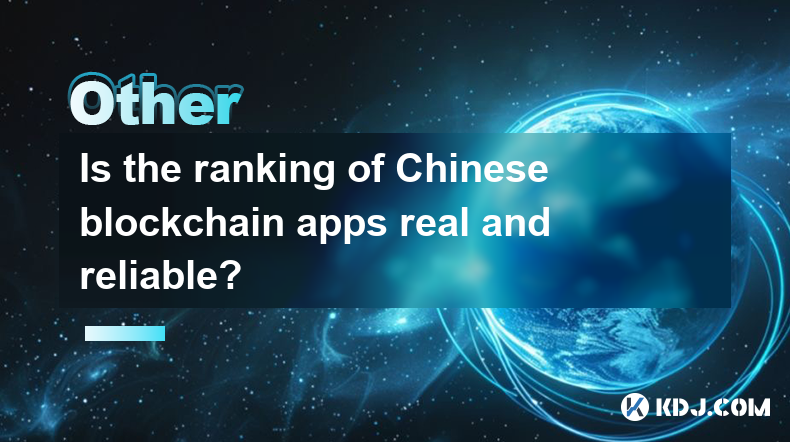
Is the ranking of Chinese blockchain apps real and reliable?
Apr 04,2025 at 09:01pm
The ranking of Chinese blockchain apps has become a topic of interest for many in the cryptocurrency community, as it provides insights into the popularity and adoption of blockchain technology within China. However, the reliability and authenticity of these rankings are often questioned. This article aims to delve into the factors that influence these ...
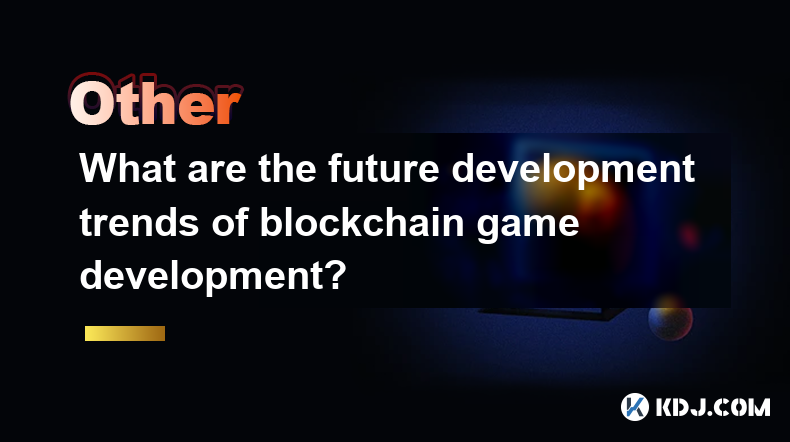
What are the future development trends of blockchain game development?
Apr 03,2025 at 05:00am
Blockchain technology has revolutionized various industries, and gaming is no exception. As we look to the future, several trends are set to shape the development of blockchain games. These trends not only promise to enhance the gaming experience but also to integrate blockchain technology more seamlessly into the gaming ecosystem. Let's explore these t...
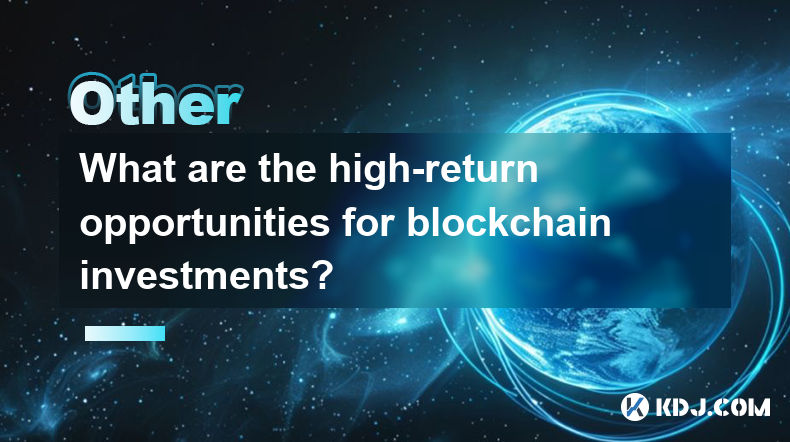
What are the high-return opportunities for blockchain investments?
Apr 05,2025 at 02:35pm
Blockchain technology has revolutionized the financial world, offering numerous high-return investment opportunities. These opportunities span various sectors within the cryptocurrency ecosystem, including cryptocurrencies, decentralized finance (DeFi), non-fungible tokens (NFTs), and blockchain startups. Each of these areas presents unique risks and re...
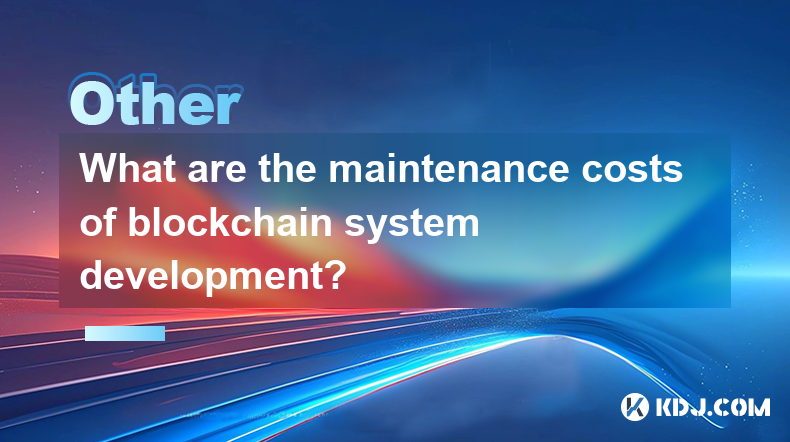
What are the maintenance costs of blockchain system development?
Apr 03,2025 at 06:07pm
The maintenance costs of blockchain system development are multifaceted and depend on various factors. These costs can include technical maintenance, security updates, infrastructure expenses, and personnel costs. Understanding these elements is crucial for anyone planning to develop or maintain a blockchain system. Technical MaintenanceTechnical mainte...
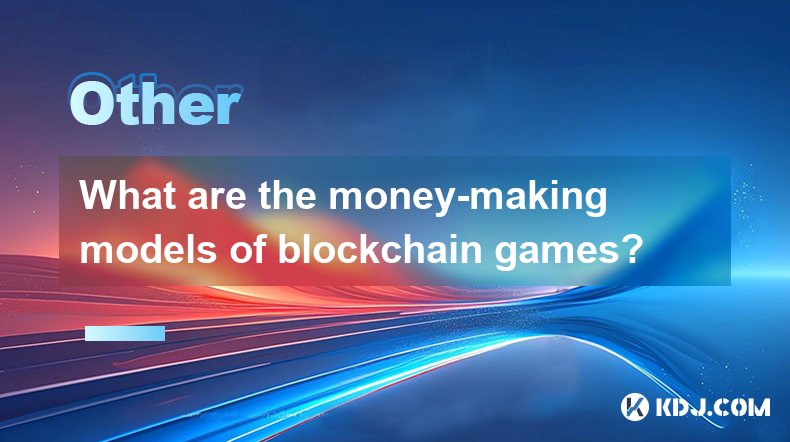
What are the money-making models of blockchain games?
Apr 04,2025 at 02:00pm
Blockchain games have emerged as a revolutionary way for players to earn real money while enjoying their favorite pastime. These games leverage the power of blockchain technology to create unique money-making models that benefit both the players and the developers. In this article, we will explore the various money-making models of blockchain games and ...
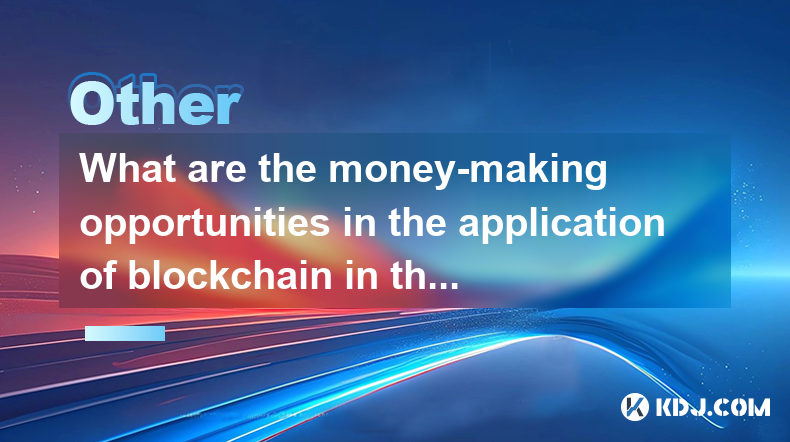
What are the money-making opportunities in the application of blockchain in the field of Internet of Things?
Apr 05,2025 at 10:35pm
The integration of blockchain technology with the Internet of Things (IoT) presents numerous money-making opportunities. Blockchain, with its decentralized and secure nature, can revolutionize how IoT devices interact, manage data, and conduct transactions. This article will explore various avenues where entrepreneurs, developers, and investors can capi...

Is the ranking of Chinese blockchain apps real and reliable?
Apr 04,2025 at 09:01pm
The ranking of Chinese blockchain apps has become a topic of interest for many in the cryptocurrency community, as it provides insights into the popularity and adoption of blockchain technology within China. However, the reliability and authenticity of these rankings are often questioned. This article aims to delve into the factors that influence these ...

What are the future development trends of blockchain game development?
Apr 03,2025 at 05:00am
Blockchain technology has revolutionized various industries, and gaming is no exception. As we look to the future, several trends are set to shape the development of blockchain games. These trends not only promise to enhance the gaming experience but also to integrate blockchain technology more seamlessly into the gaming ecosystem. Let's explore these t...

What are the high-return opportunities for blockchain investments?
Apr 05,2025 at 02:35pm
Blockchain technology has revolutionized the financial world, offering numerous high-return investment opportunities. These opportunities span various sectors within the cryptocurrency ecosystem, including cryptocurrencies, decentralized finance (DeFi), non-fungible tokens (NFTs), and blockchain startups. Each of these areas presents unique risks and re...

What are the maintenance costs of blockchain system development?
Apr 03,2025 at 06:07pm
The maintenance costs of blockchain system development are multifaceted and depend on various factors. These costs can include technical maintenance, security updates, infrastructure expenses, and personnel costs. Understanding these elements is crucial for anyone planning to develop or maintain a blockchain system. Technical MaintenanceTechnical mainte...

What are the money-making models of blockchain games?
Apr 04,2025 at 02:00pm
Blockchain games have emerged as a revolutionary way for players to earn real money while enjoying their favorite pastime. These games leverage the power of blockchain technology to create unique money-making models that benefit both the players and the developers. In this article, we will explore the various money-making models of blockchain games and ...

What are the money-making opportunities in the application of blockchain in the field of Internet of Things?
Apr 05,2025 at 10:35pm
The integration of blockchain technology with the Internet of Things (IoT) presents numerous money-making opportunities. Blockchain, with its decentralized and secure nature, can revolutionize how IoT devices interact, manage data, and conduct transactions. This article will explore various avenues where entrepreneurs, developers, and investors can capi...
See all articles





















































































